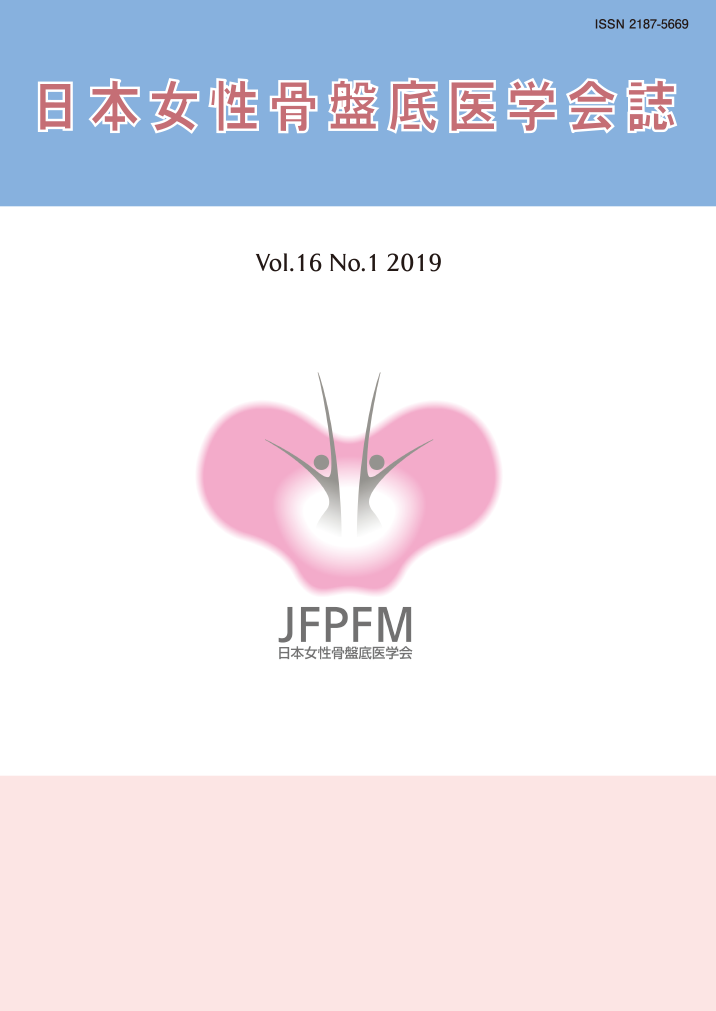Volume 19, Issue 1
Displaying 1-11 of 11 articles from this issue
- |<
- <
- 1
- >
- >|
-
2023Volume 19Issue 1 Pages 1-7
Published: January 31, 2023
Released on J-STAGE: January 31, 2023
Download PDF (3225K) -
2023Volume 19Issue 1 Pages 8-12
Published: January 31, 2023
Released on J-STAGE: February 04, 2023
Download PDF (2135K) -
2023Volume 19Issue 1 Pages 13-17
Published: January 31, 2023
Released on J-STAGE: February 18, 2023
Download PDF (1408K) -
2023Volume 19Issue 1 Pages 18-22
Published: January 31, 2023
Released on J-STAGE: June 24, 2023
Download PDF (1874K) -
2023Volume 19Issue 1 Pages 23-27
Published: January 31, 2023
Released on J-STAGE: June 24, 2023
Download PDF (2468K) -
2023Volume 19Issue 1 Pages 28-33
Published: January 31, 2023
Released on J-STAGE: August 01, 2023
Download PDF (2489K) -
2023Volume 19Issue 1 Pages 34-40
Published: January 31, 2023
Released on J-STAGE: August 01, 2023
Download PDF (2854K) -
2023Volume 19Issue 1 Pages 41-49
Published: January 31, 2023
Released on J-STAGE: August 01, 2023
Download PDF (2229K) -
2023Volume 19Issue 1 Pages 50-55
Published: January 31, 2023
Released on J-STAGE: August 01, 2023
Download PDF (1299K) -
2023Volume 19Issue 1 Pages 56-60
Published: January 31, 2023
Released on J-STAGE: September 14, 2023
Download PDF (1536K) -
2023Volume 19Issue 1 Pages 61-65
Published: January 31, 2023
Released on J-STAGE: September 14, 2023
Download PDF (1950K)
- |<
- <
- 1
- >
- >|
